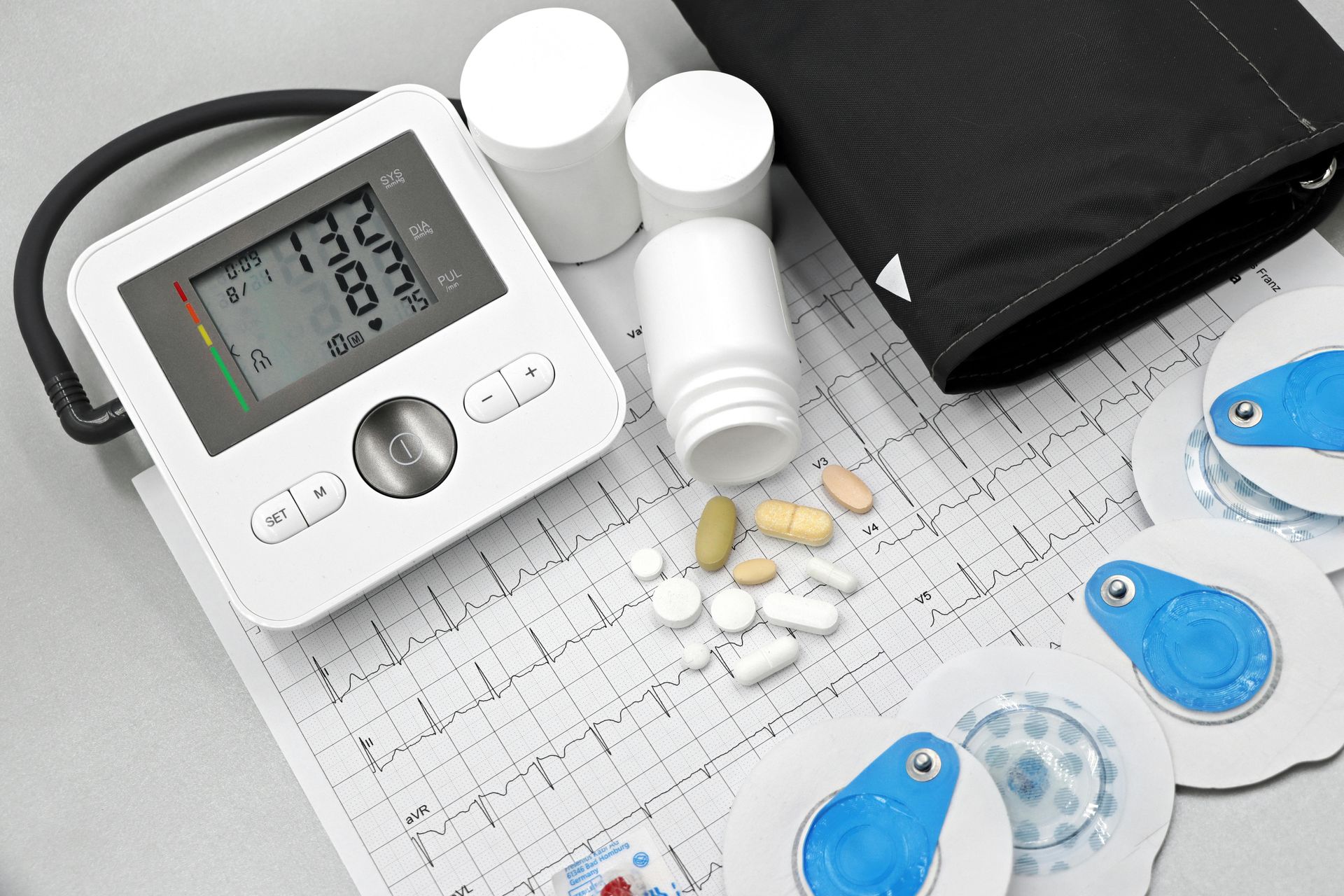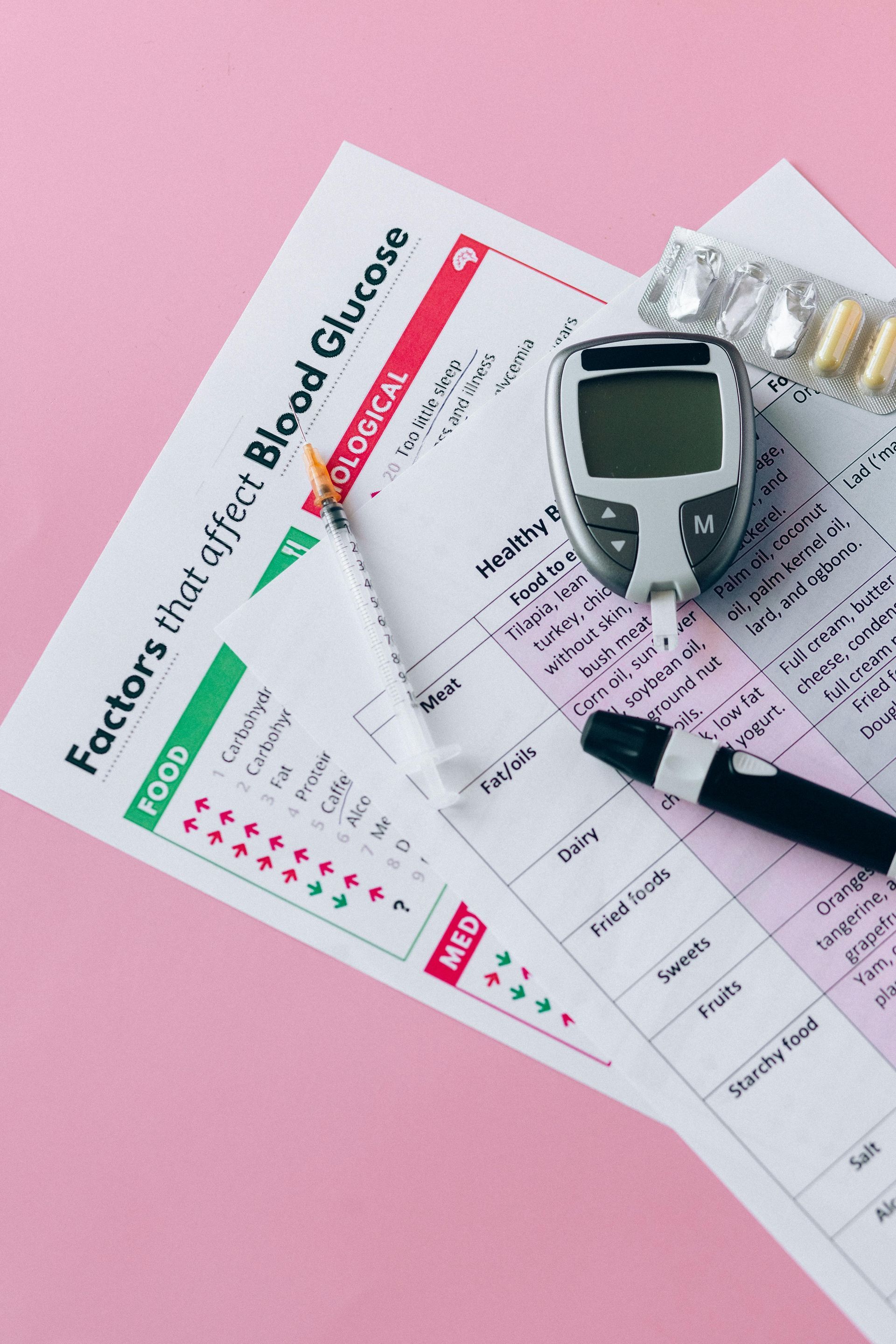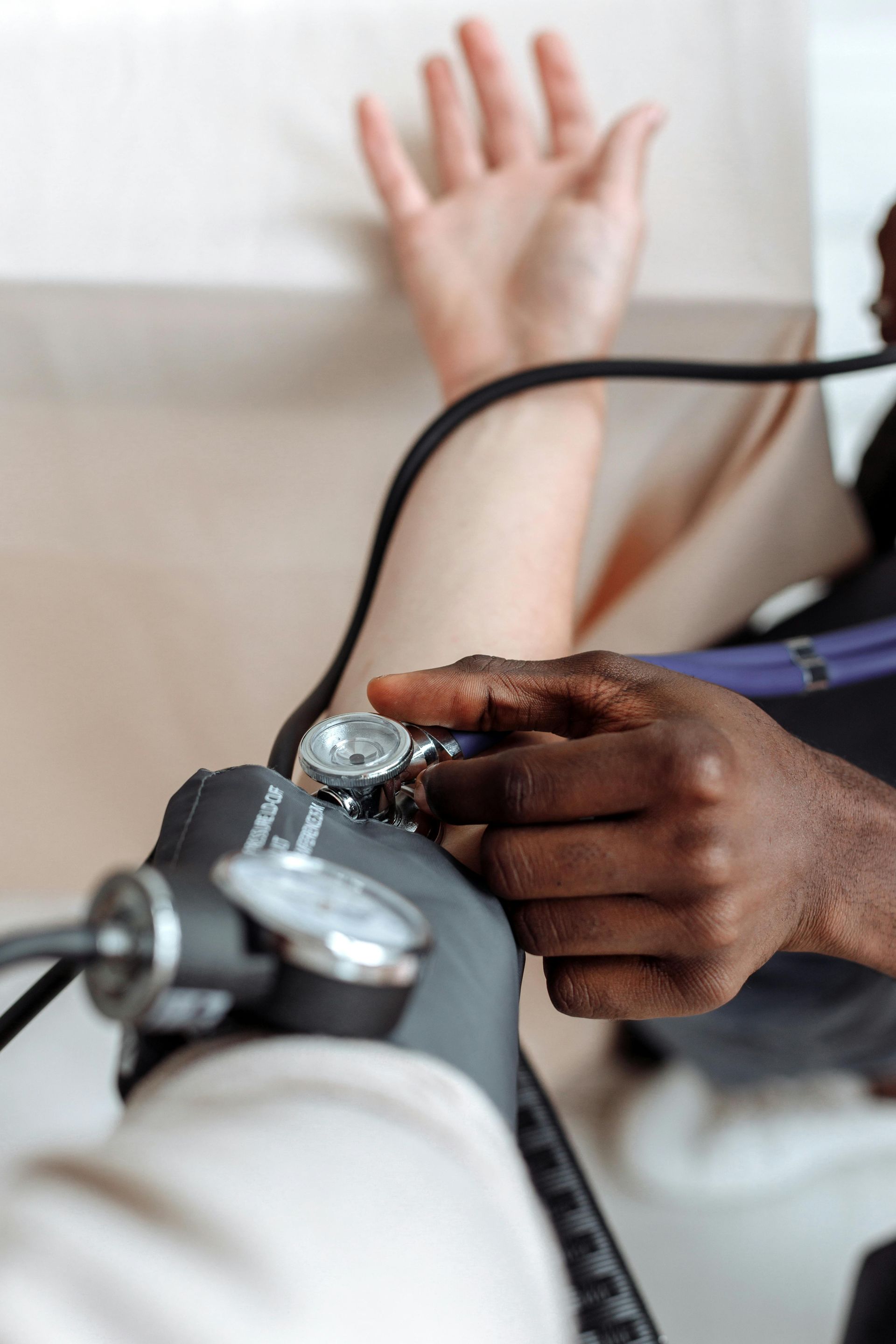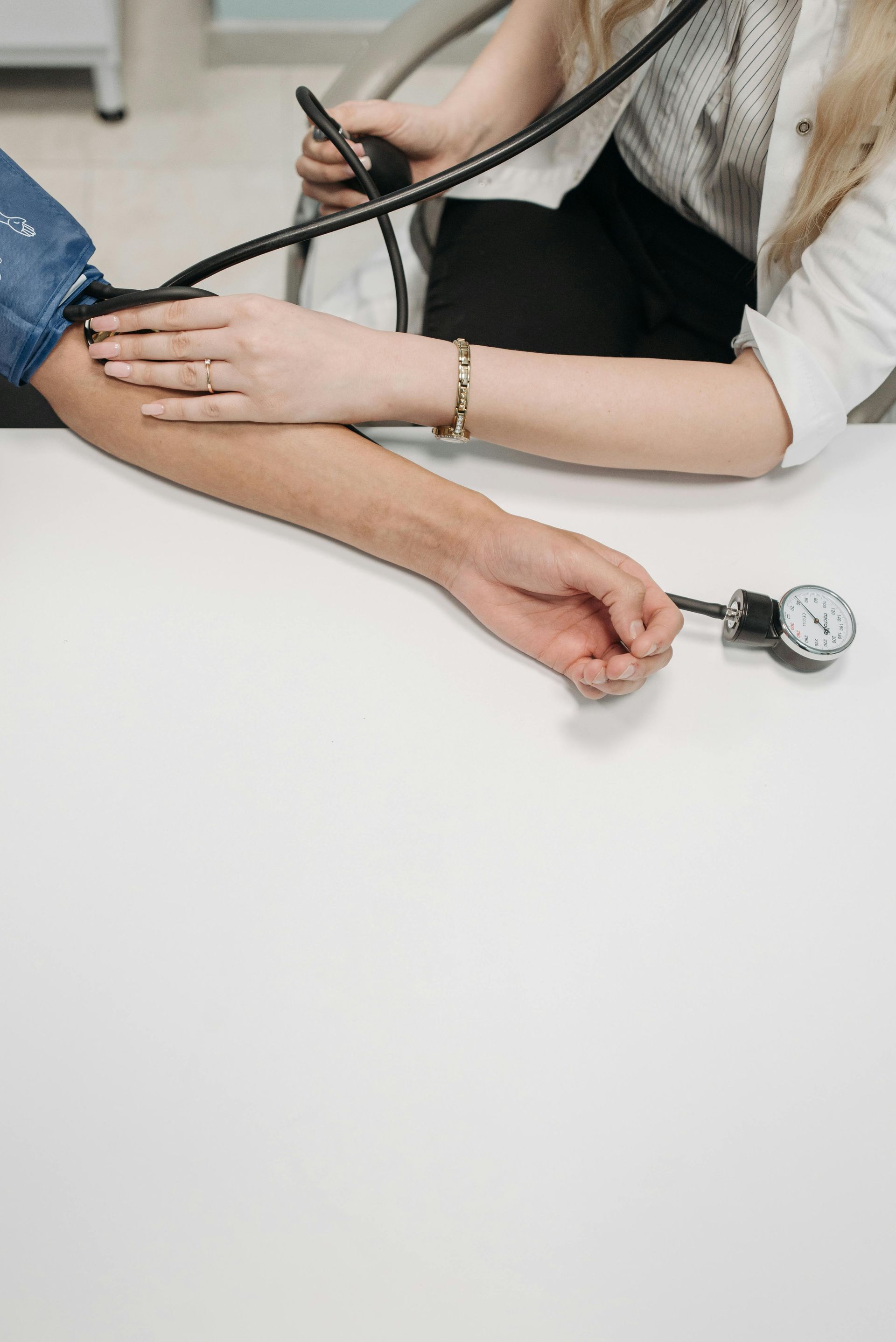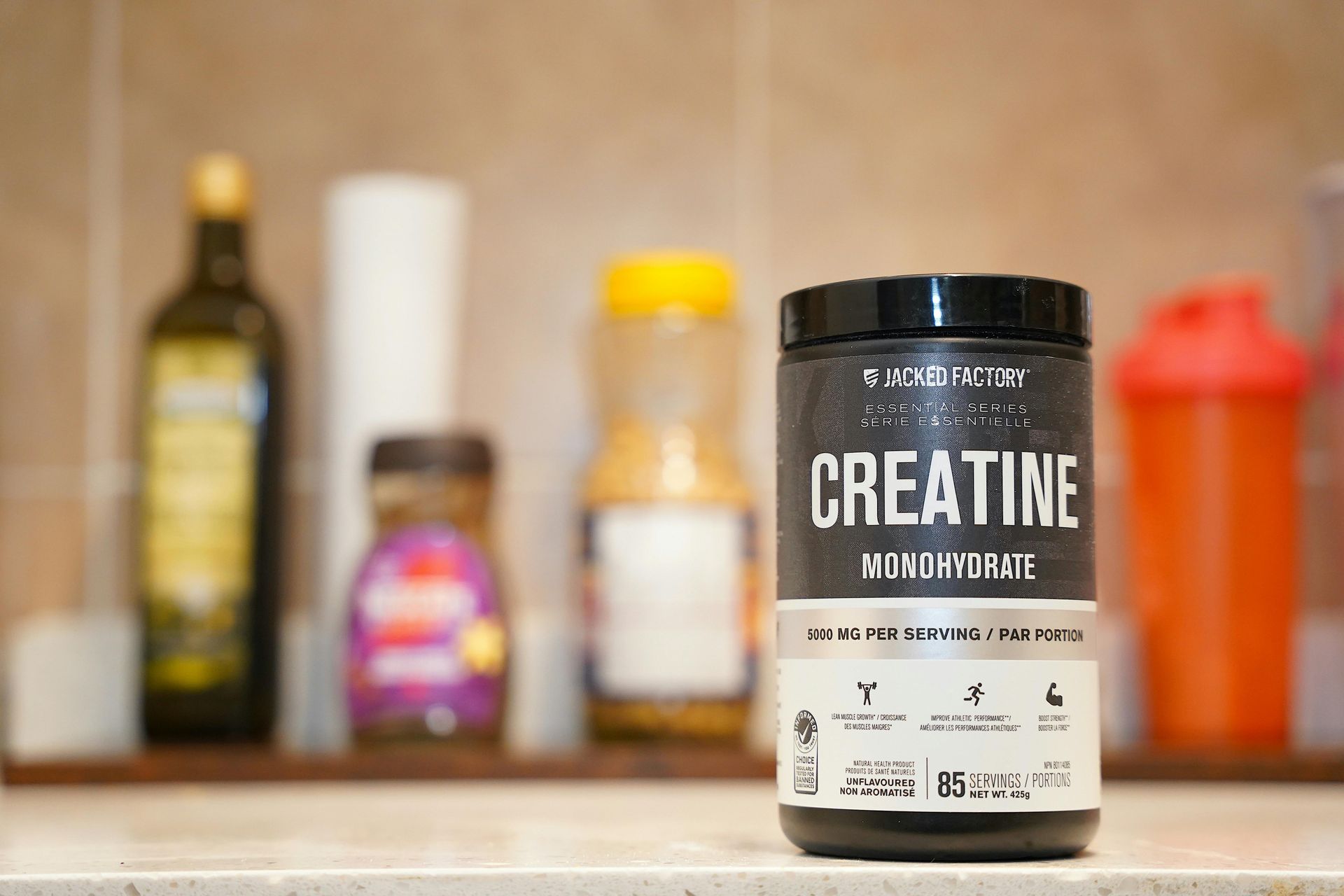Mohamad-Ali Salloum is a Pharmacist and science writer. He loves simplifying science to the general public and healthcare students through words and illustrations. When he's not working, you can usually find him in the gym, reading a book, or learning a new skill.
Clinical Trials Phases Timeline
Share
🧬 Clinical Trial Phases Timeline
From laboratory to market: The journey of drug development and testing
Purpose: Test the drug's safety and biological activity in laboratory settings before human testing begins.
Key Activities:
- In vitro (test tube) studies on cells and tissues
- Animal testing for toxicity and dosing
- Pharmacokinetics (how the body processes the drug)
- Manufacturing process development
Pfizer-BioNTech and Moderna spent months in 2020 testing their mRNA vaccine candidates in laboratory cell cultures and animal models (mice, ferrets, and non-human primates) to demonstrate safety and immune response before moving to human trials.
Purpose: Determine the drug's safety profile, identify side effects, and find the optimal dosage range in humans.
Key Focus Areas:
- Maximum tolerated dose (MTD)
- Dose-limiting toxicities (DLTs)
- Pharmacokinetics and metabolism
- Initial efficacy signals
Participants: Usually healthy volunteers or patients with advanced disease who have exhausted other treatment options.
Merck's cancer immunotherapy drug Keytruda began Phase I trials in 2009 with 30 patients with advanced solid tumors. The study tested escalating doses to find the maximum safe dose and observed promising anti-tumor activity, leading to accelerated development.
Purpose: Evaluate the drug's effectiveness for specific conditions while continuing to monitor safety in a larger patient population.
Study Types:
- Phase IIa: Pilot efficacy studies (100-200 participants)
- Phase IIb: Well-controlled efficacy studies (200-300 participants)
- Often randomized and may include placebo controls
- Multiple dosing regimens may be tested
Key Outcomes: Response rates, progression-free survival, quality of life measures, and biomarker analysis.
AbbVie's Humira underwent Phase II trials for rheumatoid arthritis in the late 1990s with 284 patients. The study demonstrated significant improvement in joint symptoms compared to placebo, with 53% of patients achieving a 20% improvement in symptoms versus 19% on placebo.
Purpose: Confirm the drug's effectiveness, compare it to existing treatments, and collect comprehensive safety data needed for regulatory approval.
Study Characteristics:
- Randomized, controlled, often double-blind
- Multiple study sites (often international)
- Comparison to standard of care or placebo
- Rigorous statistical analysis plans
- Independent data monitoring committees
Regulatory Importance: These studies provide the primary evidence for FDA approval applications (NDAs/BLAs).
Pfizer's Lipitor completed multiple Phase III trials including the landmark ASCOT-LLA study with 10,305 patients. The trial showed a 36% reduction in heart attacks compared to placebo, leading to its approval and eventual status as the world's best-selling drug.
Purpose: Monitor long-term safety and effectiveness in real-world conditions, identify rare adverse events, and study drug interactions.
Study Types:
- Pharmacovigilance: Spontaneous adverse event reporting
- Registry studies: Long-term patient databases
- Comparative effectiveness research: Real-world comparisons
- Risk evaluation studies: Specific safety concerns
Regulatory Actions: Can lead to label updates, dosing changes, new warnings, or in rare cases, market withdrawal.
Merck's arthritis drug Vioxx was withdrawn in 2004 after Phase IV studies revealed increased cardiovascular risks. The APPROVE study, designed to show cancer prevention benefits, instead showed a doubled risk of heart attacks after 18 months of use, leading to voluntary market withdrawal.
Merck's HPV vaccine has been monitored through Phase IV surveillance since 2006. Real-world data from countries with high vaccination rates shows dramatic reductions in cervical precancers and genital warts, confirming the vaccine's effectiveness beyond clinical trials.
References
- U.S. Food and Drug Administration. Clinical Trials Guidance Documents [Internet]. Silver Spring (MD): FDA; [cited 2025 Oct 18]. Available from: https://www.fda.gov/science-research/clinical-trials-and-human-subject-protection/clinical-trials-guidance-documents
- European Medicines Agency. ICH E8 (R1) General considerations for clinical trials [Internet]. Amsterdam: EMA; [cited 2025 Oct 18]. Available from: https://www.ema.europa.eu/en/documents/scientific-guideline/ich-e-8-general-considerations-clinical-trials-step-5_en.pdf
- European Medicines Agency. Clinical Trials Regulation (EU No 536/2014) [Internet]. Amsterdam: EMA; [cited 2025 Oct 18]. Available from: https://www.ema.europa.eu/en/human-regulatory-overview/research-development/clinical-trials-human-medicines/clinical-trials-regulation
- International Council for Harmonisation. ICH E8 (R1) General considerations for clinical studies – Draft guideline [Internet]. Geneva: ICH; [cited 2025 Oct 18]. Available from: https://database.ich.org/sites/default/files/E8-R1_EWG_Draft_Guideline.pdf
List of Services
ABOUT THE AUTHOR
Mohamad-Ali Salloum, PharmD
Share
Recent articles:
















